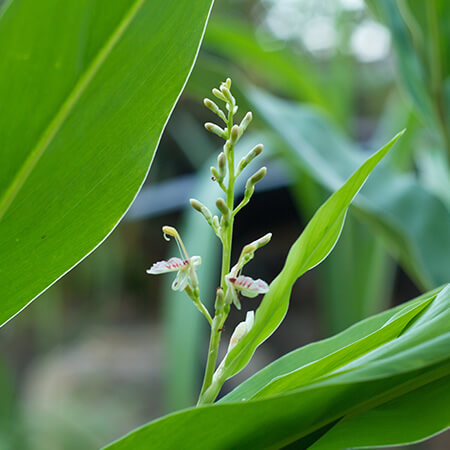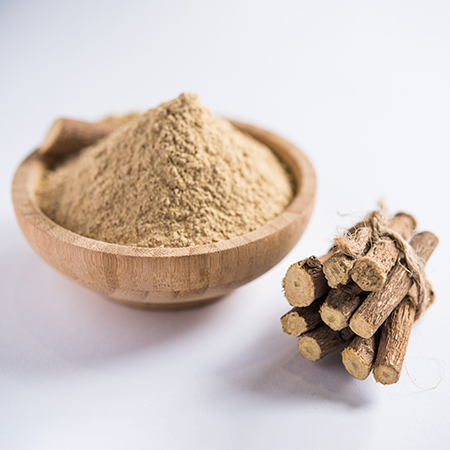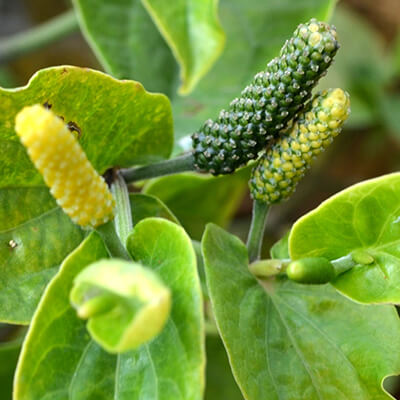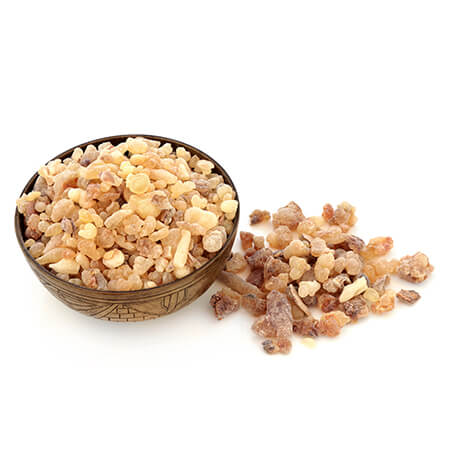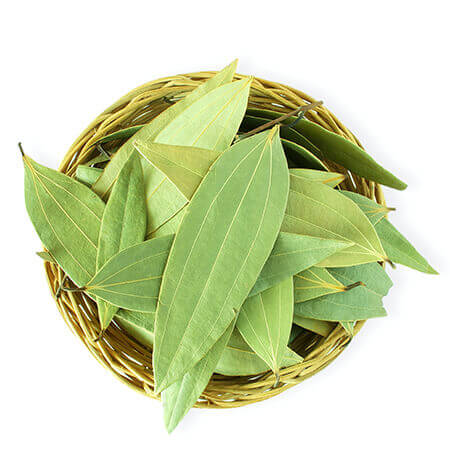Ayurveda and Science
Jimikand/जिमीकन्द/Suran/Amorphophallus Campanulatus/Elephant yam
AYURVEDIC & MEDICINAL PLANTS
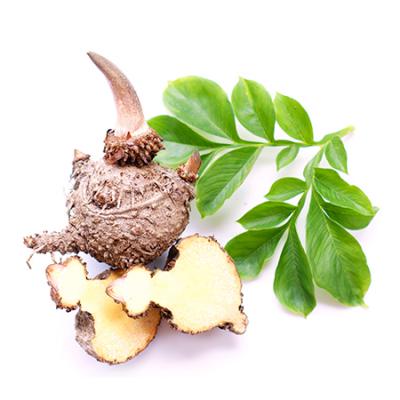
Jimikand Medicinal Uses
The corms are irritant due to the presence of calcium oxalate. It can also be made pickles. The stems can be used as cattle feed. They are rich in nutrients and minerals. They are carminative, aperient and expectorant. The fresh ones are an acrid stimulant and expectorant and increase appetite and taste. They are applied to treat acute rheumatism. They are also used in dysentery, piles and haemorrhoids as recommended by Ayurveda.
Chemical Composition
It contains proteins, fat, fiber, carbohydrates, starch, oxalic acid and minerals calcium, phosphorus, Iron and vitamin A. Besides these, glucose, galactose and xylose are also present. The presence of an active diastatic enzyme is reported. The corm contains betulinic acid, beta sitosterol, stigmasterol and beta sitosterol palmitate.










